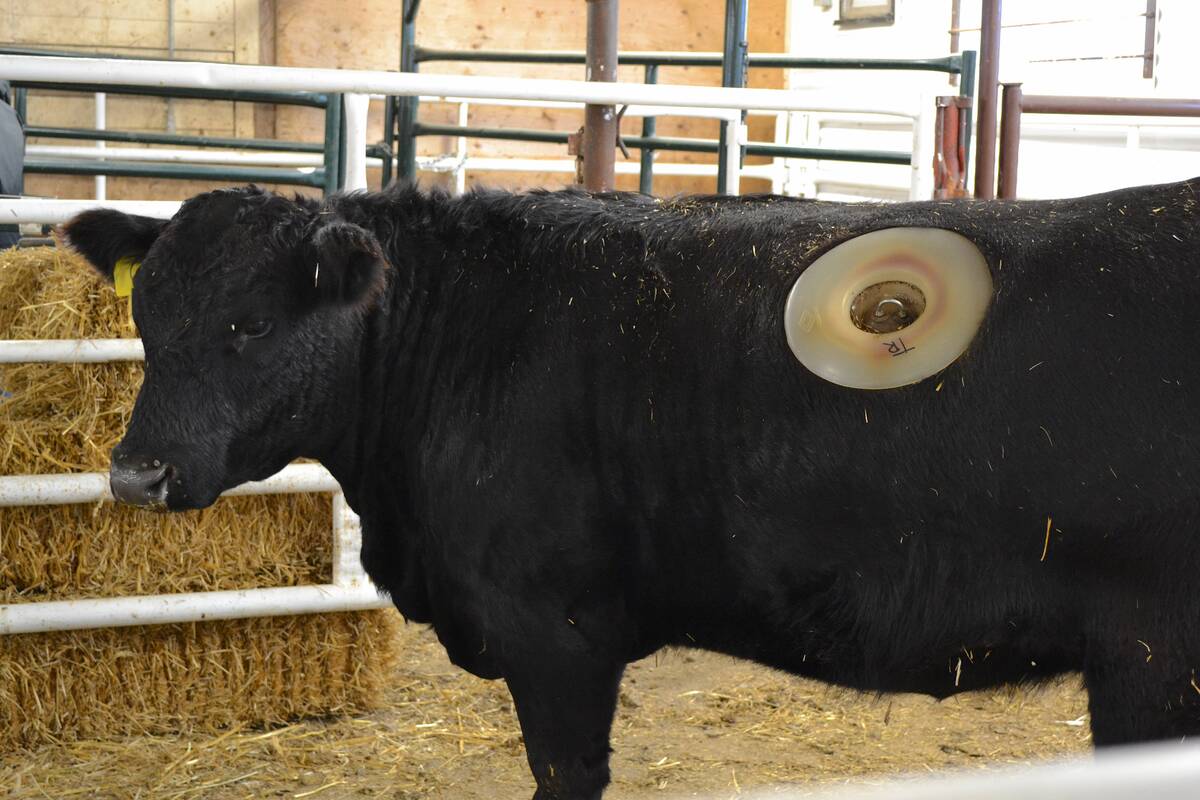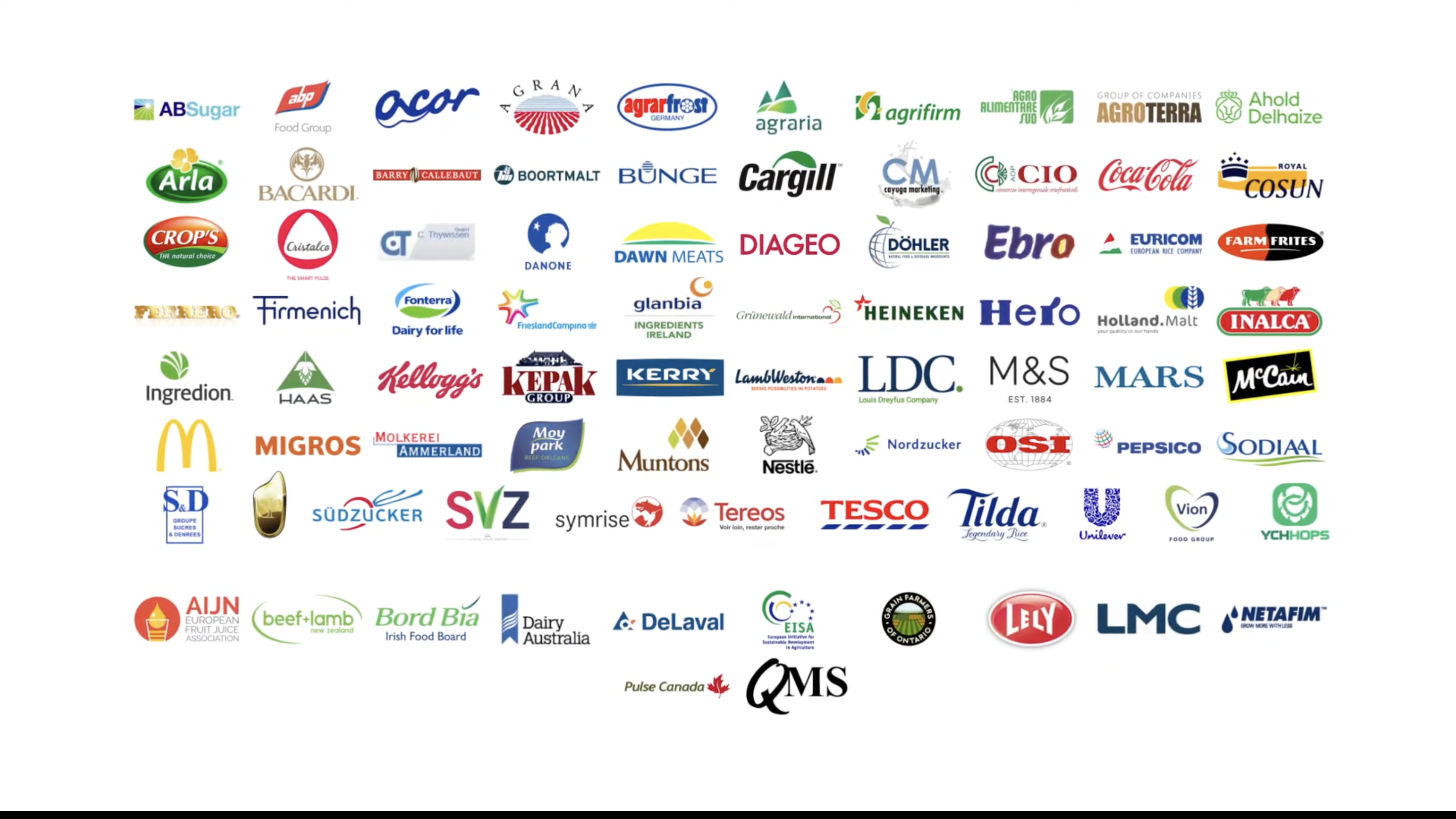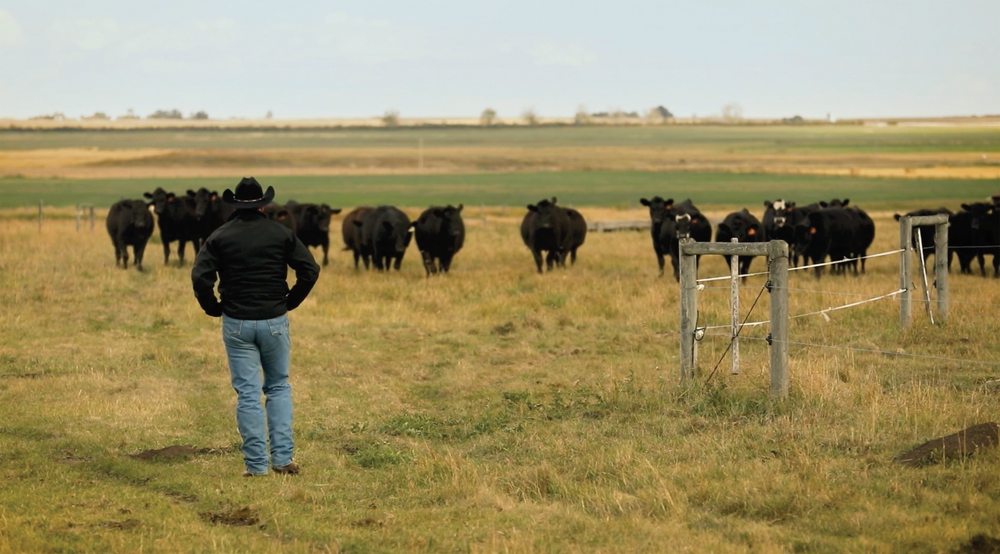Alberta’s applied research organizations are facing a financial crisis following the government’s “clawback” of two funds earmarked for research and innovation.
“We realize that with the drop in oil prices and the model that the government is funded under, everything had to take a hit,” said Ian Murray, chair of the Agricultural Research and Extension Council of Alberta (ARECA).
“We were prepared for a hit just like everybody else was, but our hit was 50 per cent of our budget.”
The Agriculture Opportunity Fund is the primary funding source for the forage and applied research associations, said Murray, a rancher from Acme. That fund has been “static” at $1.5 million for nearly 10 years.
Read Also

Lakeland College studying livestock wellness through cannulated heifers
Lakeland College’s Applied Research Team is working with six cannulated heifers on a handful of research projects.
Last July, the province doubled that funding to $3 million, retroactive to March, with a request that ARECA’s nine forage and applied research associations “do more than we had already been doing,” said Murray.
- More Election 2015: Farmers seeing “incremental” changes to risk management funding
“We were encouraged to hire more staff so that we could take on more initiatives and do more work, concentrating on areas that they referred to as ‘gap areas,’ whether it be areas geographically that we didn’t have a presence in, or topically,” he said.
“We were also encouraged to increase salaries to our staff to encourage staff retention, less turnover, and more productivity.”
More money was expected from the $200-million Agriculture and Food Innovation Endowment Fund announced in last year’s budget. In October, the day after his byelection win, Premier Jim Prentice reannounced the endowment fund and the doubling of the Agriculture Opportunity Fund.
“That was the second time we had heard the same announcement, so we figured things must be really rolling along here now,” said Murray.
Funding disappears
But in December, the government cancelled the endowment fund, and as the price of oil continued to plunge, the groups — which are producer driven and collectively have about 1,500 members — began to worry that the Agriculture Opportunity Fund wasn’t as secure as they thought it was.
“We were given some assurance that the work we were doing was really good and that we would still be able to count on that doubled funding,” said Murray.
By February, the message was, “‘Don’t expect much’ — that we’d likely see that budget amount cut back considerably.
“When the final budget came through in March, it was cut back to the initial $1.5 million,” said Murray.
While the groups did get extra funding for a year, they are now in a worse position, he added.
“We’re back to the level of funding that we’ve been at for the last significant period of time, but we’re not back to where we were last June because, on the initiative of the province, we’ve increased salaries to our staff, hired more staff in several instances, and taken on significantly more expenses,” said Murray.
Some groups have money set aside in “rainy day funds,” but after years of chronic underfunding, other groups are struggling to stay afloat.
“There are some groups that are in a lot better position than others to weather this storm, but I do know that there are others that are having serious financial challenges as to how they’re going to make their operation remain viable going forward,” he said.
“I’m hoping that, when the dust settles, whoever happens to be in charge of this portfolio will see the value that we’re bringing to the table.”















